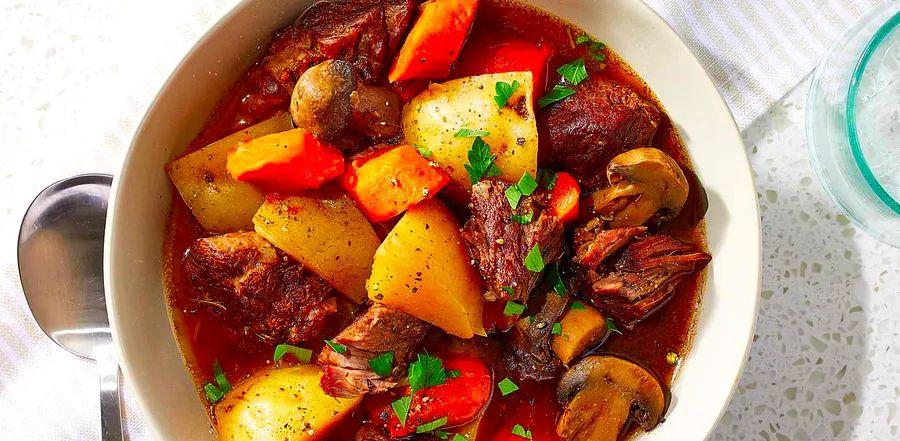How to Prevent Bland, Dry Stew Meat

When browning your meat, don’t hold back. Stews have two conflicting objectives: you want rich, flavorful browning, which requires high heat, but you also need to retain moisture and juiciness, which calls for slow, low cooking.
What Causes Stew Meat to Become Dry?
Most recipes use a two-step browning process: brown the meat cubes, then simmer until tender. But when you overcrowd the pan by adding too much meat at once, you speed up the moisture loss. Instead of searing, you end up steaming the meat. What should take 10 minutes to brown might stretch to 20 minutes of blasting the meat with high heat to evaporate excess moisture. This results in stringy, dry meat in your stew. To avoid this, brown your meat in small batches. It may take more time, but the outcome is worth it.
Tips for Making Stew Meat Tender
When preparing stew, I begin with a larger cut of meat, like a trimmed chuck roll or a pork shoulder, and sear the entire piece in a hot Dutch oven. This helps preserve the juices and allows me to achieve a deep, flavorful brown crust much more efficiently than I would with smaller pieces.
Only after searing the meat do I cut it into stew-sized pieces. While not all surfaces are browned, the flavorful compounds formed during browning are water-soluble, meaning they'll gradually spread throughout the stew, infusing every bite with flavor.
After simmering, you'll end up with incredibly tender, juicy chunks of meat, each one brimming with rich, browned, and deeply savory flavors.
Evaluation :
5/5



